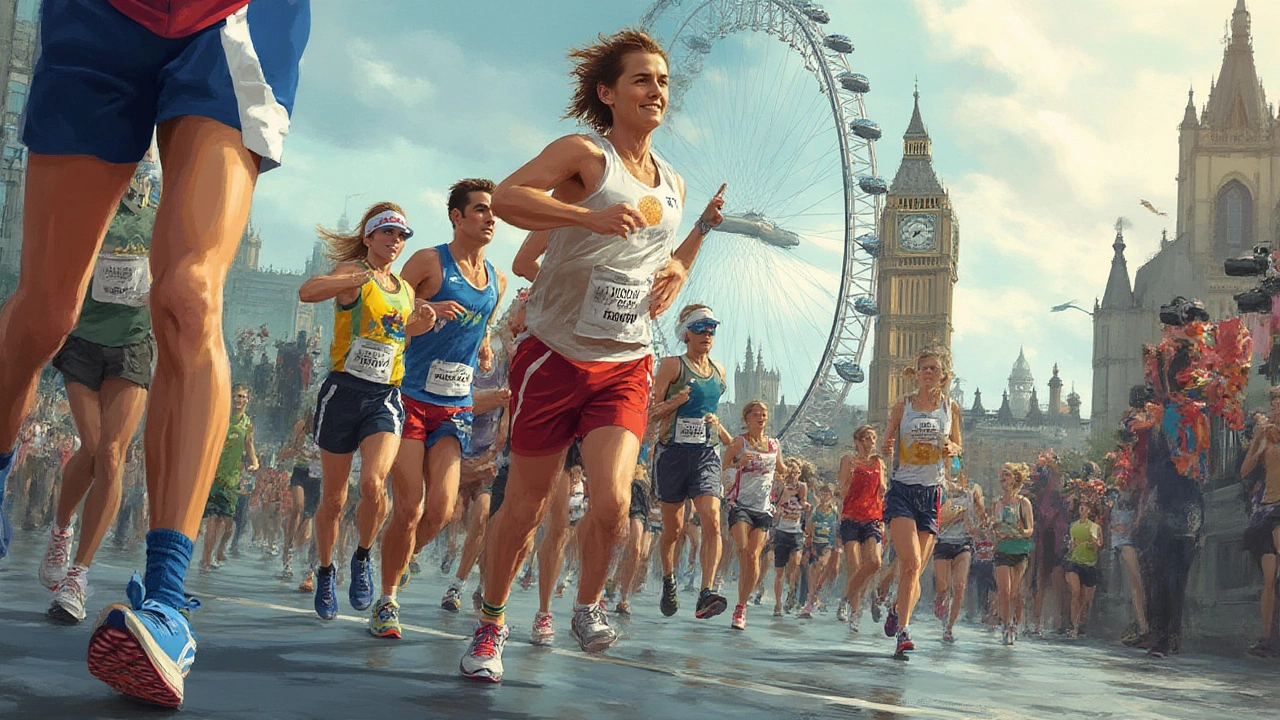
Best Running Shoes – Your Quick Guide to Picking the Perfect Pair
Ever bought a pair of running shoes that felt great in the store but fell apart after a few runs? Yeah, that happens a lot. The good news is you don’t need to guess. In the next few minutes you’ll learn the three things that make a shoe truly good for you, and which models are worth a look right now.
How to choose the right shoe for your feet
First, think about your foot type. Do you have a high arch, a flat foot, or something in‑between? A quick wet‑foot test on a piece of paper will show you the shape of your arch. If you see a full imprint, you’re probably flat‑footed and need more stability. If only the heel and forefoot touch, you have a high arch and want more cushioning.
Second, consider where you run. Road runners benefit from smooth, responsive midsoles that give back energy on pavement. Trail lovers need aggressive lugs and rock‑solid protection under the toe. If you mix both, look for a versatile “gravel” shoe that balances grip and comfort.
Third, size matters more than you think. A shoe that’s half a size too big can cause blisters, while one that’s too tight leads to cramped toes and soreness. Try the shoes on later in the day when your feet are slightly swollen – that’s their normal size after a run.
Top picks and what to look for
One model that keeps popping up in reviews is the Hoka Clifton line. Hoka’s oversized midsole gives a soft, bouncy feel that many runners say reduces fatigue on long distances. If you’re after a shoe that feels almost like running on clouds, give Hoka a try.
For speed work, the Nike ZoomX Vaporfly offers a stiff plate that snaps you forward. It’s pricey, but the performance boost is real for serious racers. For everyday training on a budget, the Saucony Ride series delivers reliable cushioning without breaking the bank.
Don’t forget about shoe lifespan. Most running shoes last between 300‑500 miles. Keep a simple log of your runs – when you hit the 300‑mile mark, start scouting for a new pair. Worn‑out shoes lose shock absorption and can lead to injuries.
Finally, read a couple of recent reviews on our site. Articles like “Are Hoka Running Shoes Really Good?” break down the pros and cons in plain language, so you can decide if the hype matches your needs.
Grab a pair that matches your foot shape, the terrain you hit most, and your mileage goals. Slip them on, hit the road, and notice the difference right away. Happy running!
